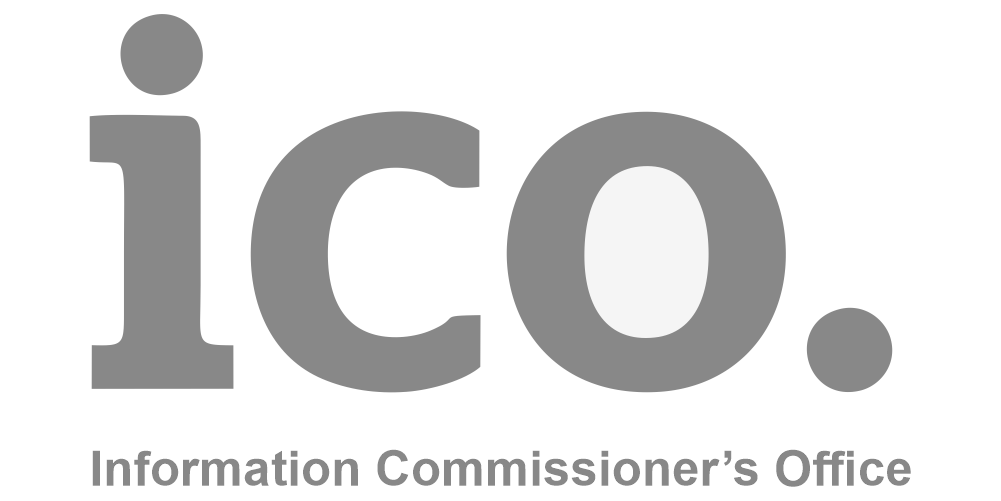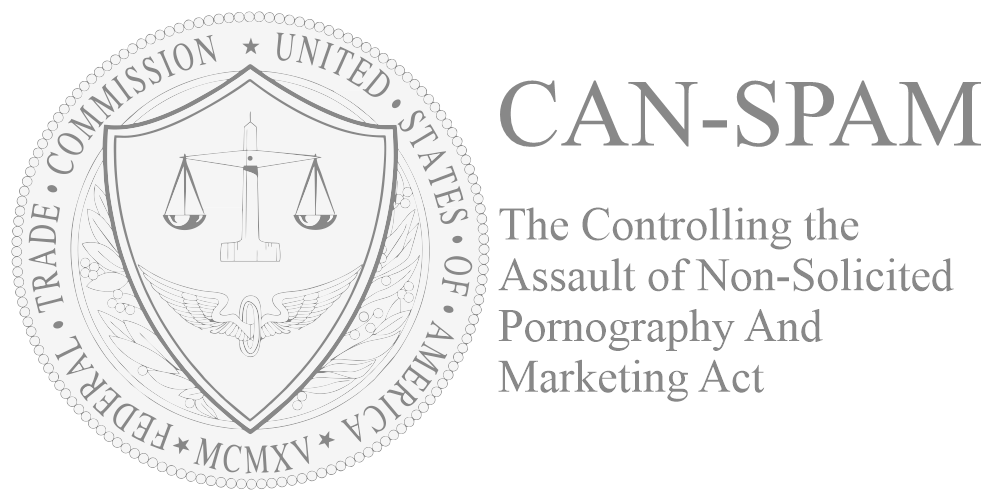Introduction
In the world of B2B marketing, LinkedIn has been a valuable tool for almost a decade, providing businesses with access to a vast network of potential clients. However, the critical question that arises is whether the data available on LinkedIn can be considered reliable for strategic marketing and advertising purposes. At Bspec, we recognized the significance of this issue and conducted an extensive survey to evaluate the reliability of LinkedIn data. Our study included a diverse sample of companies from various locations and industries, aiming to uncover the accuracy of the information provided on this professional networking platform.
The Research Methodology
To assess the reliability of LinkedIn data, we focused on two key aspects: the existence of a company’s listed website and the recency of updates to that website. It’s important to note that the term “updates” in this context encompasses not only changes in content but also technical aspects such as HTTPS signatures and server maintenance.
Our sample included companies of varying sizes, categorized by the number of employees. This categorization allowed us to explore whether the reliability of LinkedIn data differed across different segments of the business landscape. The following section presents our findings:
Findings
ompanies with 1-10 employees: 31% had non-existent or faulty websites.
Companies with 11-50 employees: 28% had non-existent or faulty websites.
Companies with 51-200 employees: 25% had non-existent or faulty websites.
Companies with 201-500 employees: 21% had non-existent or faulty websites.
Companies with 501-1000 employees: 19% had non-existent or faulty websites.
Companies with 1001-5000 employees: 18% had non-existent or faulty websites.
Companies with 5001-10000 employees: 11% had non-existent or faulty websites.
Companies with 10,001+ employees: 0.90% had non-existent or faulty websites.
Discussion
These findings reveal a concerning pattern: a significant portion of the companies in our sample had non-existent or outdated websites listed on LinkedIn. This discrepancy raises important questions about the reliability of LinkedIn data for B2B marketing and advertising efforts.
The variation in results across different company sizes is noteworthy. Smaller companies, with 1-50 employees, appear to have a higher likelihood of outdated or non-existent websites listed on LinkedIn. This may be attributed to limited resources and a lack of dedicated personnel for website maintenance.
In contrast, larger companies with over 10,000 employees displayed a significantly lower percentage of non-existent or faulty websites on LinkedIn. This could be due to their greater resources and a stronger emphasis on online presence and maintenance.
Implications for B2B Marketing and Advertising
The implications of these findings are substantial for B2B marketing and advertising professionals. Overreliance on LinkedIn data without verification can lead to wasted marketing efforts and missed opportunities. It is essential for businesses to adopt a cautious approach when using LinkedIn as a data source. The result of your campaign will be low open/click rate, low response rate, high bounce rate. Becuse if the “organization” does not update their website regularly, it is either dormant, under liquidation, dissolved or simply it is not a company, but simple a side project
Recommendations
Data Verification: B2B marketers should invest in data verification processes to ensure the accuracy of information obtained from LinkedIn. This includes regularly checking the existence and status of listed company websites.
Diversification of Data Sources: Relying solely on LinkedIn for prospecting and lead generation may be risky. Consider using multiple data sources to cross-verify information and enhance data reliability.
Use reliable source: Prospecting is tightly enclosed operation. Having bad data influences your deliverability and you can say good bye to the inboxes – your messages will start landing in spam if you’re even lucky to be delivered which will result with open rates of 40% or less.
Conclusion
In conclusion, our study highlights the potential pitfalls of relying solely on LinkedIn data for B2B marketing and advertising purposes. While LinkedIn remains a valuable tool for networking and lead generation, businesses must exercise caution and adopt data verification measures to ensure the reliability of the information they acquire. By doing so, they can maximize the effectiveness of their marketing efforts and avoid the costly consequences of inaccurate data.







